Playing during the Pandemic: Overtime
A Two-Part Series
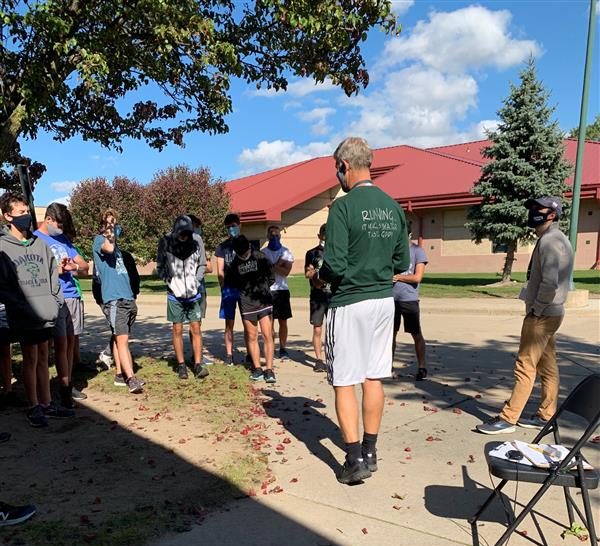
The pandemic has made athletes face adversities that no one would have expected this year. Still, athletes always aim to overcome and circumvent their odds, even if it is a global crisis. Last week, some of the Dakota Cross Country team members elaborated on what they faced. However, the coaches’ perspective can provide more depth to the obstacles the students face. The minds of the coaches set the precedent of what the team’s mentality is and should be. Therefore, it is important not only to know the student’s struggle, but the teacher’s struggle as well. To answer this, Coach Timpa and Coach Roginski of the Dakota High School cross country team participated in an interview about their athletes playing during the pandemic.
Question One: How long have you coached cross country?
Timpa: “24 years”
Roginski: “This is my 10th year coaching cross country at Dakota High School.”
Question Two: Why do you still coach while the pandemic progresses?
Timpa: “I still coach because young people need an activity that is good for both their body and mind.”
Roginski: “As a coach my goal is to help the student learn a sport, build friendships and have confidence in athletics. Coaching during the pandemic, I feel gives the students a chance to bring back something they were not able to do last spring. It gives the students a chance, even for 1 hour a day, to talk to a friend, laugh and enjoy competing.”
Question Three: How has the pandemic affected the sport?
Timpa: “We have had to limit the number of runners in each race to 70. We have had to limit the number of teams at a site to 10. We have had to space races out so that the boys could leave before the girls arrive. We have had to wear masks, virtually at all times, except while running. We must complete daily heath screening questionnaires; students have their temperatures taken before every practice / meet. Locker rooms and bathroom have been off limits for much of the season. Water fountains have been off limits. This has shortened practices and limited us to 1 practice a day.”
Roginski: “The sport of cross country before the pandemic had races with 15 to 30+ teams all competing at the same time. There were races where Dakota athletes ran against 600 other students. These large races were unable to be run. Teams had to go back to racing dual meets, 1 team vs. 1 team (ex. Dakota vs. Chippewa). The limit of spectators also makes running different for the athletes. In most races spectators would be cheering the runners on for the majority of the course, now the students have to cheer for each other. Helping to build team atmosphere.”
Question Four: Has it been a challenge to follow the precautions?
Timpa: “Following the precautions is not a challenge, just more steps to get practice rolling.”
Roginski: “It is a lot of reminding the student of the rules and the results that might follow if we do not follow the rules. Our runners follow the directions given because they want the chance to race and set personal best times for the 5K race.”
Question Five: Despite this, how do you feel about the performance of the team?
Timpa: “Our team has handled everything very well and we are in good shape and ready to race. The team is hungry and when the time comes, they are going to fly!”
Roginski: “The team this year is showing improvement in times just like the past seasons. Cross Country is a sport where the best results come after many seasons of training. The runners have shown a commitment to training, eating healthy, and getting enough rest with the goals of running fast time at the end of the season. The pandemic might have caused some athletes to not be as ready to race as others but, the expectations have helped to lessen the impact of any missed training during the summer.”
Both coaches provide a dedicated and optimistic approach to their situation. Although both Roginski and Timpa have at least ten years of experience, they still face challenges from the pandemic. They had to limit the team’s tools in practicing while also limiting the number of players in a 5k (a three-mile or five-kilometer race). In some cases, it seems that adjusting to procedures have caused some but minor issues. However, the coaches believe in improving athlete’s welfare and will not give up on belief in a pandemic. With enthusiasm, the coaches praise their team improving in the pandemic, and the overall team seems to be just as dedicated as the coaches. With their grit and courage, I hope it inspires the rest of the school to keeping moving forward in these odd, scary, and unpredictable times. Hopefully, the pandemic ends soon, and this team will keep racing to the finish line of their goals.
Your donation will support the student journalists of Dakota High School. Your contribution will allow us to purchase equipment and cover our annual website hosting costs.

Alessandro Romero is a freshman journalist within the Dakota Planet hoping to make remarkable impacts upon his fellow students. He aspires to one day focus...

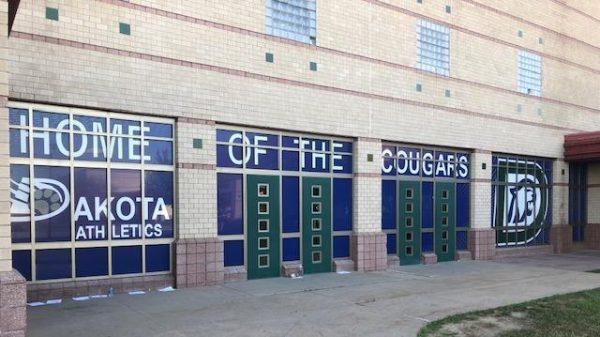

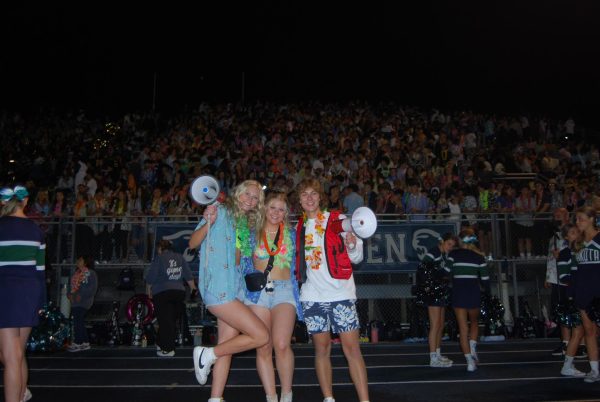
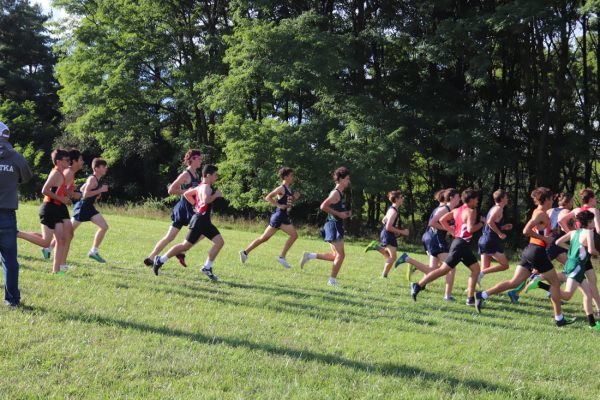
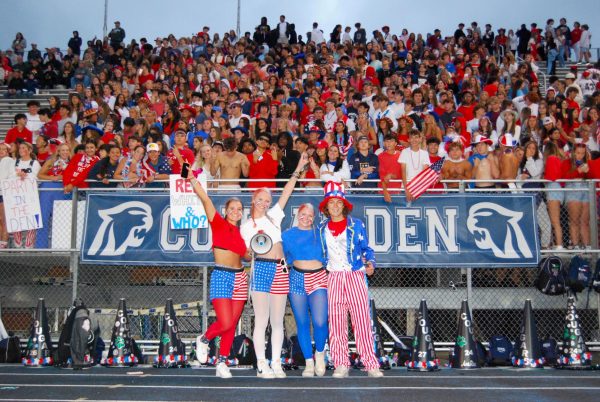
Josh Voss • Oct 26, 2020 at 9:14 am
Who would win in a race though? My money is on Roginski. Timpa might have a larger stride but Roginski is one scrappy dude. There’s only one way to settle this debate… no rules cage match, naturally.